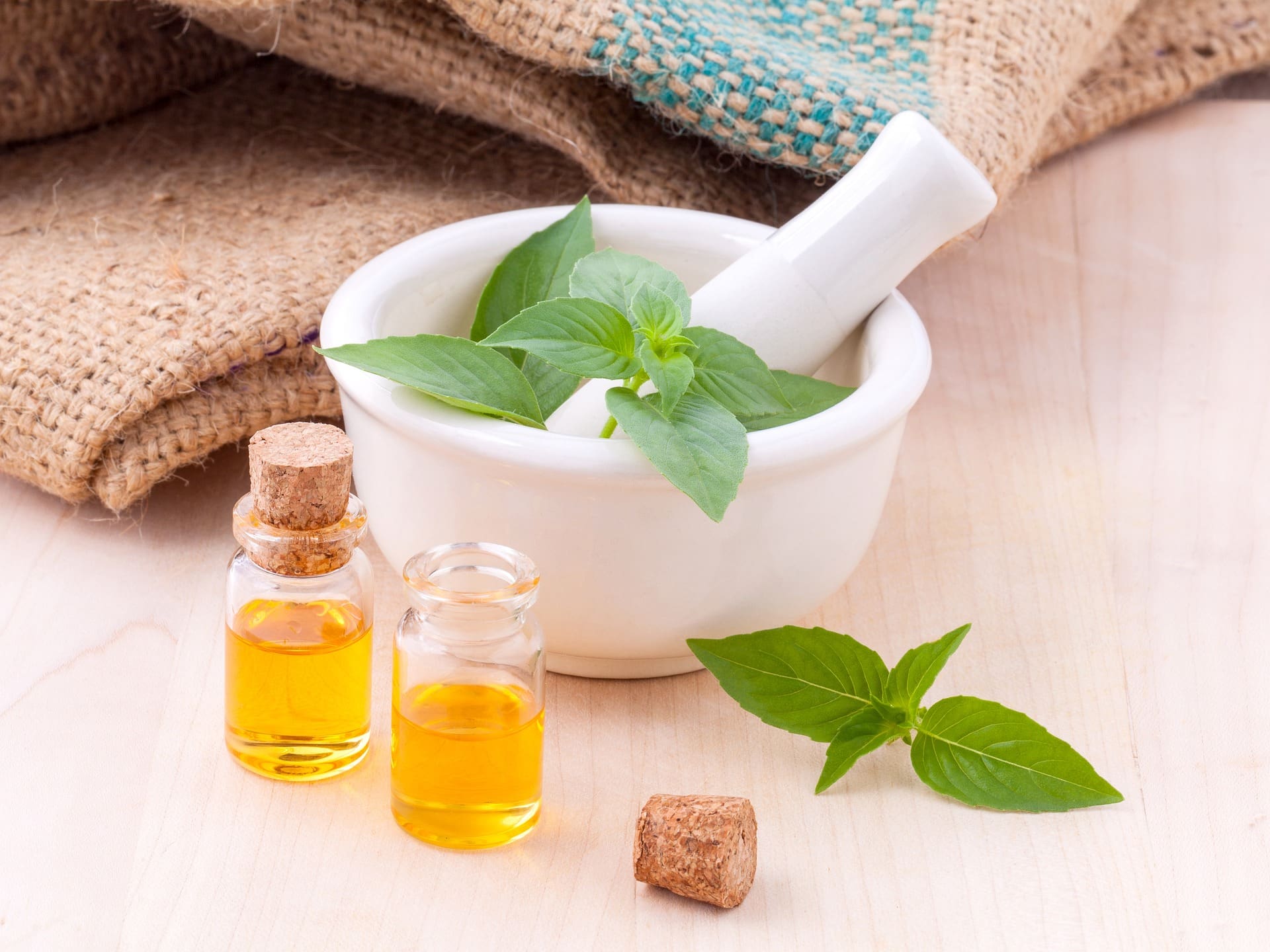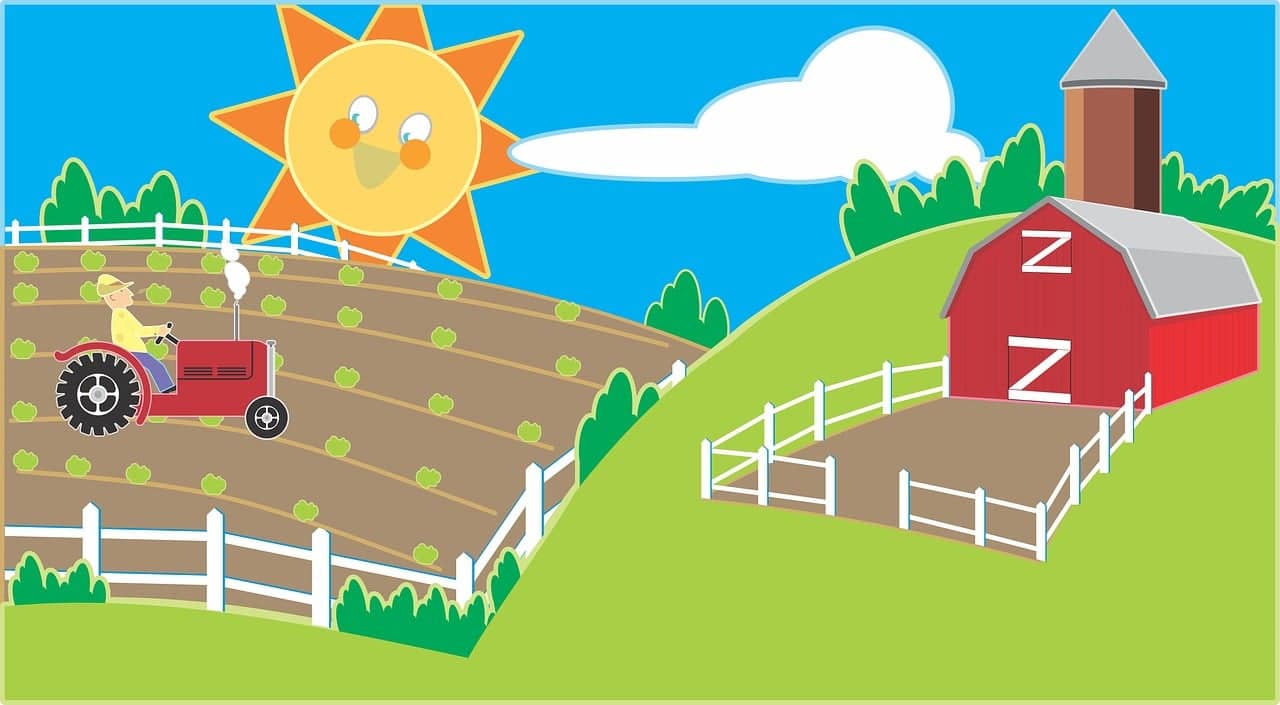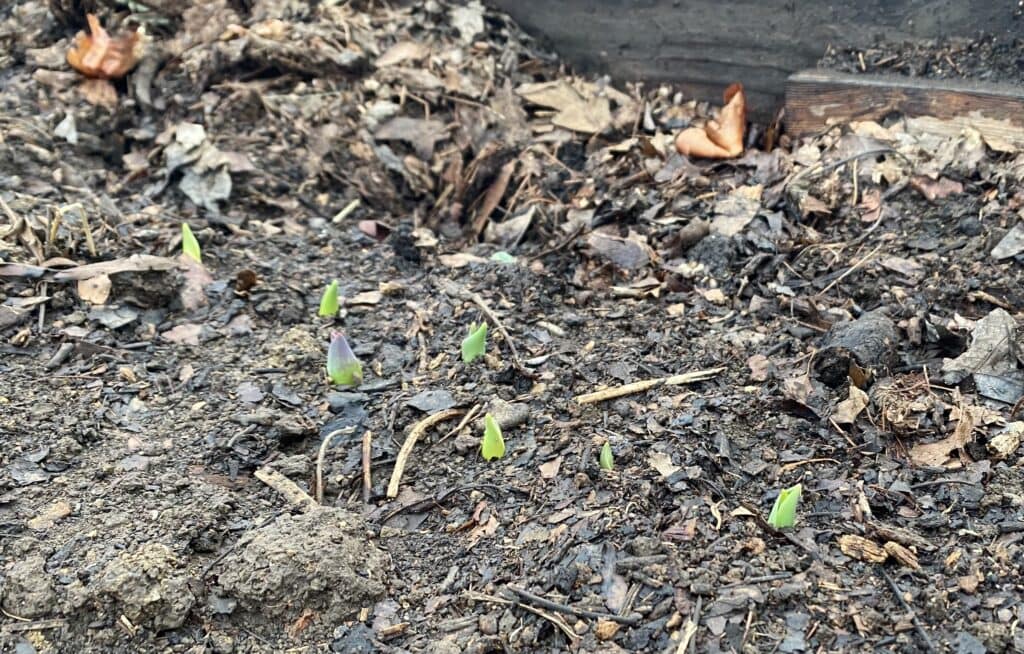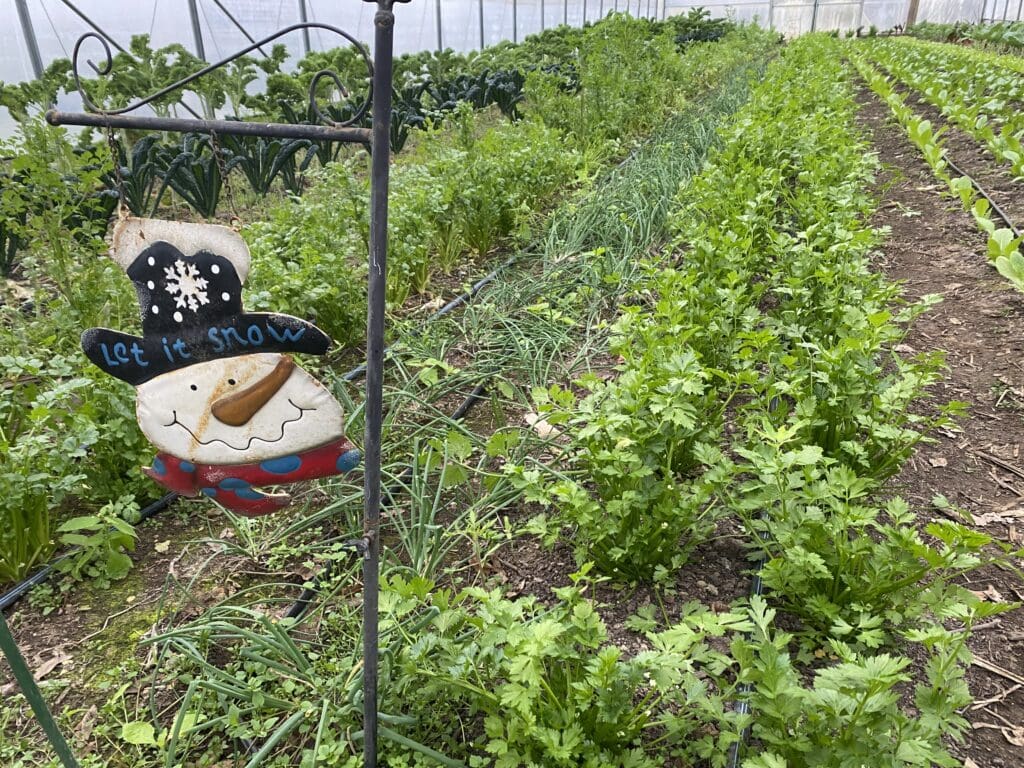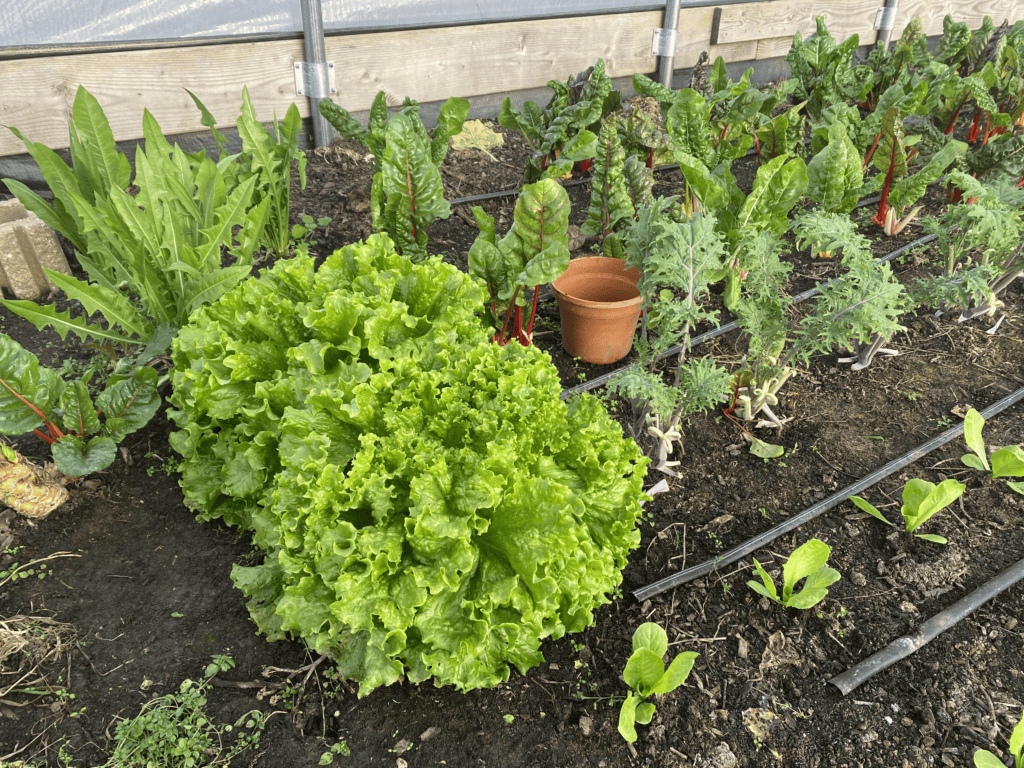This post may contain affiliate links. Probably doesn’t, but it might. It doesn’t cost you anything extra but if you use these links to buy something, we may earn a commission.
This post may contain affiliate links. It doesn’t cost you anything extra but if you use these links to buy something, we may earn a commission.
Is it possible to start growing without a whole lot of money?
Yes, it is. It requires creative thinking and paying attention to details. If you have a few basic gardening tools and access to ground and seeds, you can start very quickly.
Keep in mind that you want to set up your farm so that you start making money from the beginning. You have to make enough money to pay your bills and pay yourself.
Do your market research first. You have eight main questions. Once you answer these, you will know if your farming project will work.
Table of Contents
Where will you grow?
Where you grow determines what you are able to grow.
If you already have property with a yard, then you have somewhere to grow. If you don’t have any space, oftentimes you can use other folks’ back yards for growing in exchange for giving them produce.
You can grow a lot of produce on less than ¼ acre. If you have more than that, you can grow abundantly.
What will you grow?
If you have a limited amount of space in which to grow, you want to grow crops that mature quickly. This way you can plant two or three or even four crops in the same piece of ground over the growing season. You can have crops which take longer to mature—compare tomatoes and lettuce, for example—so you need to evaluate if you get enough return for the one crop compared to what you would get for the three crops. In the space that you grow tomatoes, you could grow crops of scallions, lettuce, radishes.
If you have enough space to grow some of each, then go for it.
Where will you sell it?
Do you plan to set up a stand at the farm/growing location? Do you want to sell at a farmers market or two? Do you want to have online orders? Will you sell to restaurants?
Each venue requires different supports. If you have a farm market at your location, you need some kind of table, shade, shelves, check out. If you sell at a farmers market, you need a table, display shelves, a tent, signs.
Online ordering can be done through a food hub. You have to track and fulfill orders, deliver to one or more locations.
Selling to restaurants requires you to be organized. You call or text the chef at designated times and then deliver to the restaurant at designated times.
All produce requires some kind of packaging.
How will you store the produce until you can sell it?
When it’s time to harvest zucchini, you better do it—or it will wind up too large for most customers. That’s ok, zucchini will keep a few days if you can refrigerate it. Do you have a refrigerated spot?
If you got to a Saturday farmers market, you will want to harvest the day before. You need to keep everything cool—especially if you have lettuce or other greens—until you get to the market. Refrigerator for at home, coolers to transport the produce, ice sheets for display during market hours.
Remember, refrigeration is the farmer’s friend!
How much will people pay for this product?
Research this very carefully. Do not mistake casual comments for real life transactions. Check out prices in the grocery store or at existing farmers markets.
It doesn’t matter if you think your heirloom tomatoes are worth $8 per pound. If what people will pay for them in your area is $4 per pound, then use that number in your planning. If you can get more than that, you have a bonus.
At the same time, you may find that lettuce is now a specialty crop and commands a good price. You can take advantage of that and grow many different kinds of leaf lettuce.
How much does it cost to grow and sell?
This is important! Calculate this as best you can. In addition to seed, equipment, water, land costs, you have storage, bagging, and market costs.
How long did it take to plant, maintain, and harvest? How much did it cost to create a farm stand? How much are the market fees at the farmers market? How much is your vehicle to transport the produce to market? How many hours is someone packing, traveling, and standing at the market? What are the fees for online ordering?
There are a lot of hidden costs in any product. Think property taxes, insurance, vehicle costs, equipment repairs, etc. Farm produce has those costs, also. If everyone is selling their lettuce for $4 per head, don’t undercut the market by selling yours for $2. If you do, you are not making any money.
How many do you have to sell to make it worthwhile?
If you sell 100 heads of lettuce each week at $4 each, that’s $400. Then you pay all of your expenses out of that. Remember, you want to pay for your time out of the income.
Is that enough for you to live on? If this is a part-time venture, then maybe this is enough for your part-time work. If this is full-time, then you need to add 100 bunches of scallions, and 100 bags of salad greens, 100 pounds of tomatoes, and 100 pieces of zucchini. Or 1000 heads of lettuce—if you have a way to sell that quantity of lettuce in a week.
This exercise helps you figure out how much you need to grow to generate the income that you want as a result.
Now, maybe your goal is to grow food for the family and have enough to sell to pay for the supplies and generate a little extra cash. That is great! What will your family eat and how will you sell the extra?
How will customers find you?
Here are different ways of letting people know what you are doing: email, flyers, roadside signs, social media, website, word of mouth, roadside stand, talking to people.
In general, you will need to use several different venues to let people know what you are doing. For example, we have a farm market, we use social media, we have a website, we have done farmers markets, we have an email list, we have signs along the road, we have flyers that people can pick up, and we talk to people.
In-person, customer referrals, and emails are your most effective means of getting and keeping customers.
Small farming can be very profitable when managed. Pay attention to the details and you can have a very successful farm business.
If this has been helpful, check out our courses. Growing something in the garden is good for you! We share how we grow on the farm in these courses.
Happy growing and happy eating!
~Ruth

